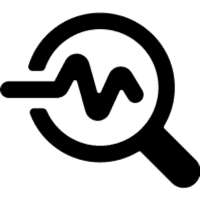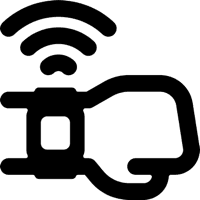Why Use ⌚️myRhythmWatch?
Vital Sign
Sleep and activity are known pillars of health that available wearables can track. Less people know that sleep and daytime activity follow a circadian pattern known as the rest-activity or sleep-wake rhythm.
Decades of Research
Over decades of research, health scientists have demonstrated that sleep-wake rhythm loss is linked with various poor health outcomes.


Rhythm Loss
Rhythm loss is very common. For example, an estimated 30% of older adults have sleep-wake rhythm disruption at levels associated with more depression and worse cognition. Researchers are now testing approaches modifying sleep-wake rhythm disruption as a way of improving health.
Poor Health Outcomes
For example, research measures of sleep-wake rhythm disruption such as rhythmicity, fragmentation, and timing have been associated with the risk of:
Undetected and untreated
Sleep-wake rhythm disruption usually goes undetected and untreated in the real-world. Health researchers “research-grade accelerometer devices” that do not provide real time assessments or interpretable information. As a result, most doctors and patients have no practical way to objectively test for sleep-wake rhythm loss.
To fill this gap, we developed the first system for assessing sleep-wake rhythm disruption in the real-world: myRhythmWatch. myRhythmWatch leverages a popular wearable devices (the Apple Watch) to screen for disrupted patterns. It is designed for ongoing tracking and individualizing treatments.

